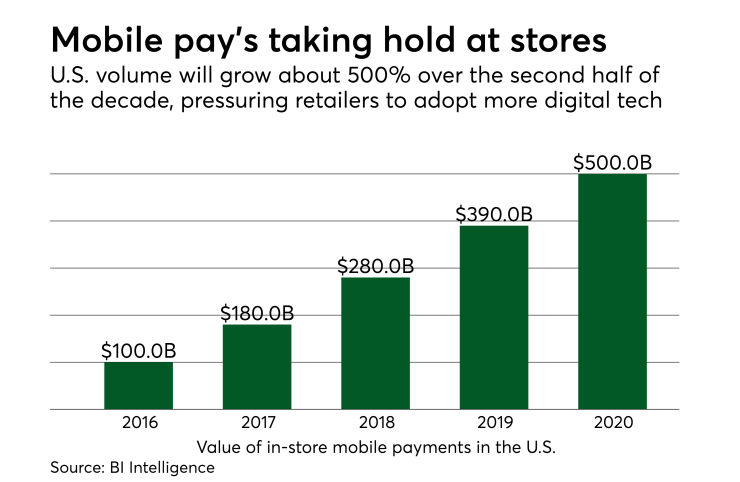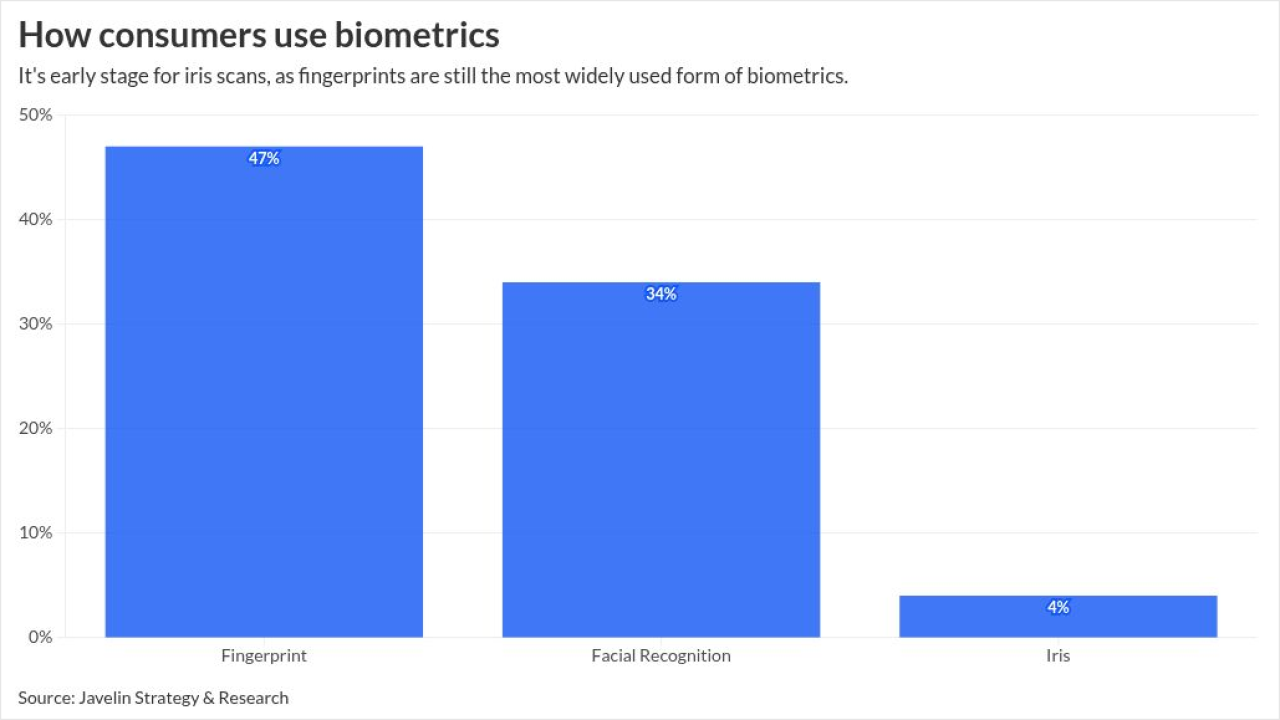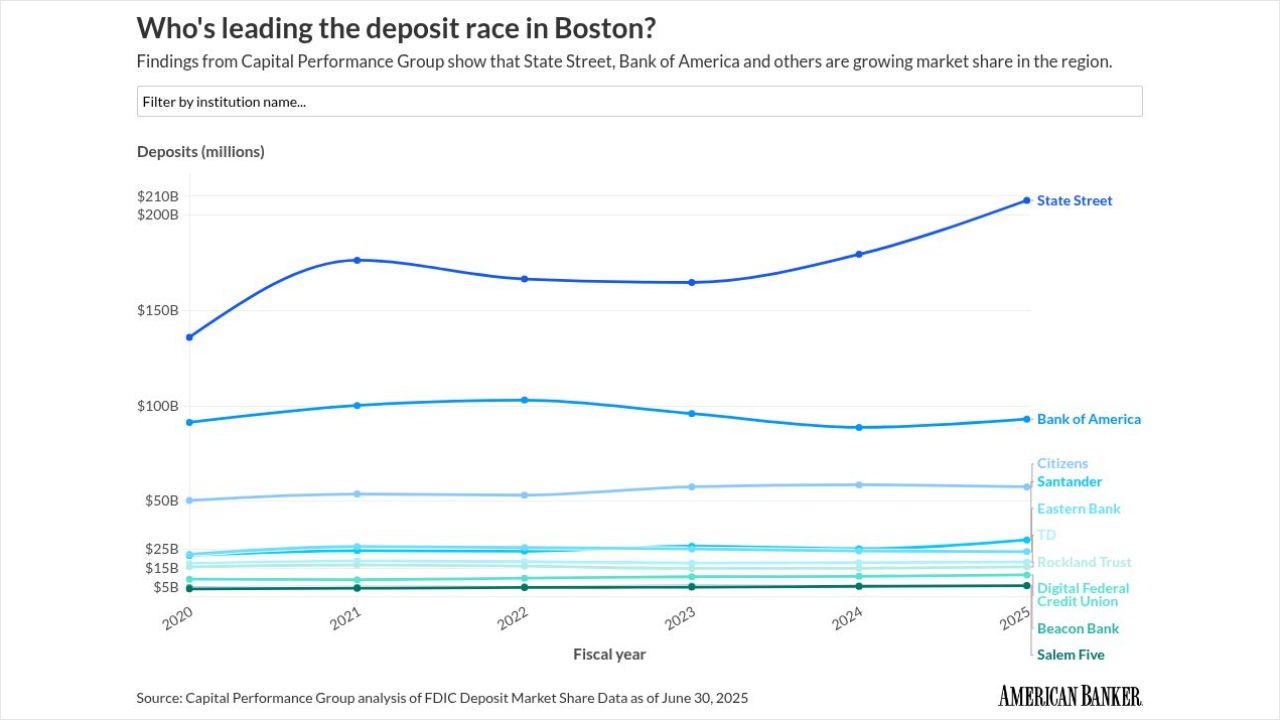Merchant account applications and underwriting are manual, intensive tasks for banks that beg for automation, but the need to handle higher-risk merchants make upgrades a challenge.
"I think automated underwriting is great, if it fits in the parameter of a low-risk profile," said Marsha Jones, president of the Third Party Payment Processors Association and an accredited ACH professional with more than 20 years of experience in financial services. "But when you start getting into other areas where you need to take a deeper dive, you really have to be able to see things that you wouldn't necessarily be able to gather just on documents."
The current manual process that produces a mountain of paperwork terribly hinders underwriting and is "just painful to the customer and the financial institution," said Jay Postma, president of Atlanta-based MSB Compliance Inc., which works with banks and payment processors to assure all systems are compliant.

Because processing applications and underwriting merchant access to payment tools represents one of the most document- and detail-intensive tasks for banks, it seems inevitable that underwriting sponsors, originating depository financial institutions or large independent sales organizations will turn to automation to save time and money.
"You have to make sure you have the right forms out to people and you get all of the materials back that you have requested," Postma said. "You have many stops and starts when you think you have everything, and you don't. If you have to go back to get some missing critical information, you have to back through the whole process again."
Merchant underwriting, which addresses legal issues, compliance, risk and license monitoring for banks, is a major burden. For example, when making sure a merchant's license for a certain type of activity has not expired, the underwriting form might simply have a checkbox on a paper document as a reminder to renew that license, or a note on an Excel spreadsheet, Postma said.
"The penalty and risk over having paper files that are dated or incomplete have become far more stringent," Postma added. "So, it becomes more critical to have automation in place to maintain the due diligence over time."
Automated underwriting providers exist in the insurance and mortgage spaces, but there are not a lot of players in the merchant account and payments acceptance space.
Financial services technology provider
"We like that system because it has the ability to create forms and white-label them right on a web page, so they can be adjusted or updated easily," Postma said. "When you have automation like that, you can identify when a document expires and set a time period for communicating with the customer in advance."
For linked2pay, it is a matter of efficiency and accuracy in addressing what it considers "the trailing snail in the payments business" of the slow underwriting process, linked2pay marketing director Richard McShirley said.
"There is a natural resistance for underwriters (to switch to automation) because they know how complex the process is and what is at stake," McShirley said. "But the bottom line is there is a huge redundancy involved in some compliance aspects, and we are essentially replacing someone who has to type in the data."
It is hard for a payments provider to tout real-time payments when it takes several days or even weeks to underwrite that process, McShirley added.
But it's not a simple process and, as such, there are some who see potential benefits but prefer human interaction and scrutiny — especially for accounts considered high-risk.
That sort of caution has its roots in the changes of the past few years with Operation Choke Point for limiting bank interaction with risky merchants, or enforcement actions through the Federal Trade Commission or the Consumer Financial Protection Bureau, as well as the KYC rules.
"Sometimes you need human eyes to go in and interrogate a little more, as high-risk businesses may have specific requirements at the state and federal level," Jones said. "Examiners and regulators expect that the payment processor is policing the compliance aspects of their higher risk merchants."
But technology advancements abound in all aspects of the payments process, and Jones expects the automation of underwriting to advance to a level in which all parties are comfortable.
"If you could have a combination of digital and standard documents, and a system that provides alerts when there is a need to have a human look at things that need it, I think that would work," she added.
Another option would be a universal system for low-risk underwriting in order to speed up that process — but that also has some trap doors, Jones said. "The problem is we have payment processors who want to do it the right way, and then there are those who just want to do it the fastest way."
Ultimately, the future "has to have greater automation in the underwriting process," MSB Compliance's Postma noted.
"All manual processes start out very well, but if you have 100 customers and that eventually turns into 1,000 customers, and it is all on paper files, you can have a tremendous mess and a nightmare for auditing," he said.





